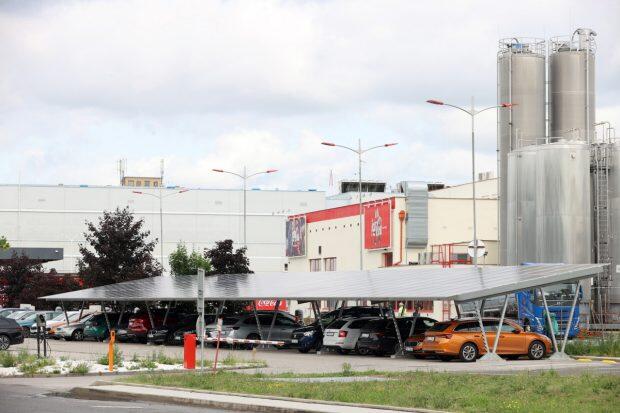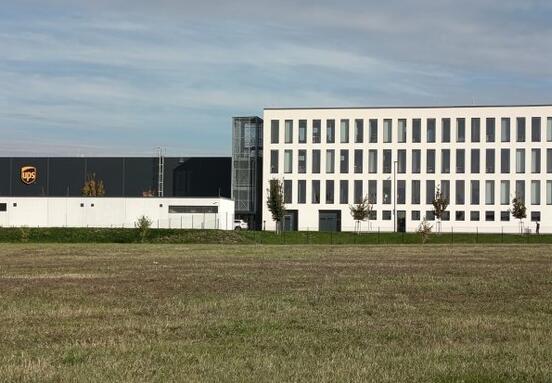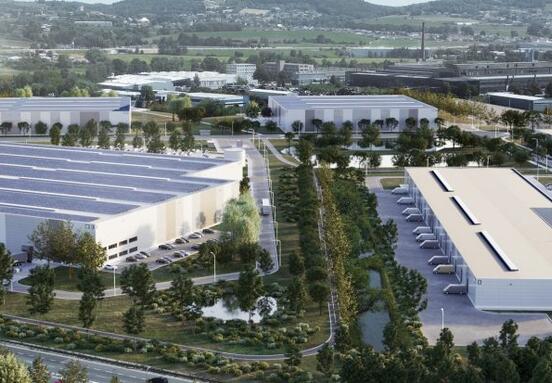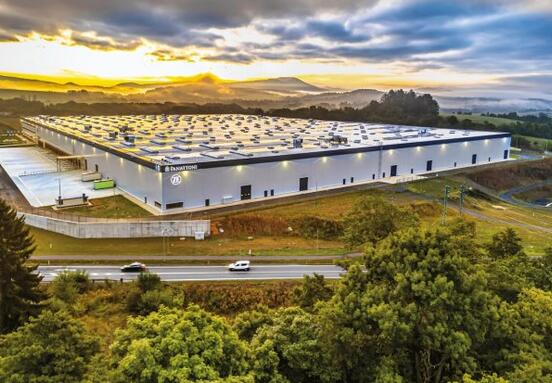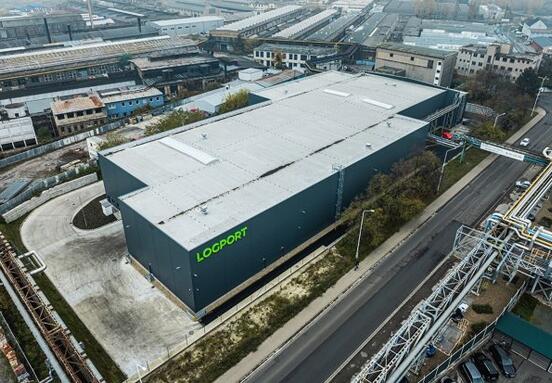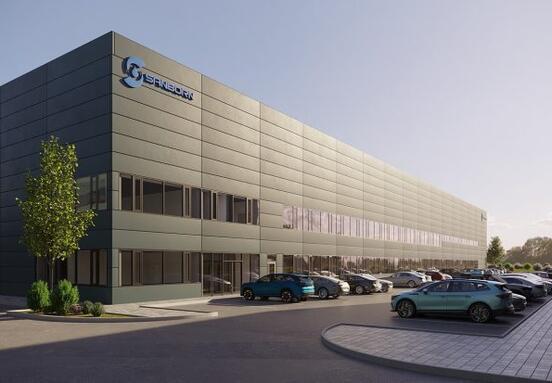The Solar Revolution in Commercial and Logistics Facilities
As businesses increasingly prioritize sustainability and operational efficiency, the adoption of solar energy solutions for commercial and logistics properties is rapidly accelerating. Recent announcements from major players like Coca-Cola HBC, Billa ČR, and even the Točná Aviation Museum highlight a growing trend: leveraging solar power to reduce costs, support electric fleets, and enhance environmental stewardship. For businesses looking to lease or invest in new spaces, understanding these innovations is key to securing a future-proof location.
Case Studies: Leading the Charge Towards Greener Operations
Coca-Cola HBC: Powering Logistics and EV Fleets in Prague and Teplice
Coca-Cola HBC is setting a high bar with its comprehensive solar integration strategy. At their manufacturing plant in Prague’s Kyje, they’ve installed a solar carport over the parking area. This innovative solution not only generates nearly 50 kWp of electricity but also serves as a crucial charging hub for their growing fleet of electric and hybrid vehicles. With an expected payback period of just 7 years, this investment demonstrates the rapid return on sustainable infrastructure.
The energy produced (65-70 MWh annually) directly supports vehicle charging and powers production lines during off-peak hours. Plans are already underway to expand this installation significantly, adding another 54 parking spots and boosting capacity to almost 260 kWp. Furthermore, Coca-Cola HBC is completing a 420 kWp rooftop solar plant with a 450 kWh battery storage system at their Teplice nad Metují facility, showcasing a commitment to large-scale energy independence. For businesses with expanding electric fleets, the Kyje site boasts an impressive charging network, including 68 22kW wallboxes, two 500kW turbochargers, and dedicated stations for electric trucks, totaling 1716 kW of charging capacity – a significant advantage for any logistics operation.
Billa ČR: Maximizing Warehouse Energy Independence with Battery Storage
Retail giant Billa is doubling down on its solar commitment with the second phase of a photovoltaic power plant on its Modletice dry food warehouse. Combined, these rooftop installations will generate nearly 2000 MWh annually, covering approximately 30% of the site’s continuous 24/7 energy consumption. Crucially, the new system integrates a 1.3 MWh battery storage unit. This allows Billa to store excess energy, purchase electricity when prices are low, sell back to the grid during peak demand, and contribute to overall grid stability. For businesses operating large warehouses with significant and constant energy needs, such as those with extensive refrigeration, Billa’s model highlights how solar and storage can lead to substantial CO2 savings (737 tons annually) and enhanced energy resilience.
Točná Aviation Museum: Innovative Solar Solutions for Unique Structures
Even unique or architecturally sensitive buildings can embrace solar power. The Točná Aviation Museum near Prague, housing historic aircraft in a wooden hangar, has successfully integrated lightweight, thin solar panels (182 kWp) that are half the weight and 70% thinner than standard glass panels. This solution, developed by Greenbuddies, ensures the preservation of the building's authentic appearance while generating up to 165 MWh of electricity annually and reducing CO2 emissions by nearly 78 tons. This case demonstrates that modern solar technology can be adapted to almost any structure, including older buildings or those with specific aesthetic requirements, without compromising integrity or design.
Key Benefits for Businesses Seeking Modern Spaces
These examples illustrate a clear path for businesses aiming to optimize their operations: choosing properties equipped with advanced solar and energy solutions. Such facilities offer:
- Reduced Operating Costs: On-site energy generation significantly lowers electricity bills, providing long-term savings and predictable energy expenses.
- Enhanced ESG Profile: Demonstrating a commitment to sustainability attracts environmentally conscious customers, investors, and talent.
- Future-Proofing: Properties with integrated EV charging infrastructure and robust energy systems are better prepared for the future of transportation and energy demands.
- Energy Independence & Resilience: Battery storage systems provide backup power and allow for strategic energy management, reducing reliance on the grid.
- Competitive Advantage: Operating from an energy-efficient, green facility can be a unique selling proposition in a competitive market.
As the commercial real estate market evolves, spaces equipped with state-of-the-art solar and energy management systems are becoming the gold standard for efficiency, sustainability, and operational excellence.
Source: systemylogistiky.cz
